Funchal is a city with more than 500 years of history. Founded in 1510, the charming capital of Madeira Island, Portugal, is located in a stunning landscape—between the sea and majestic mountains. Nowadays, Funchal has 110,000 inhabitants. It is the perfect starting point to explore the rest of Madeira Island. The name of Funchal derives from Foeniculum vulgare, the fennel plant. Funchal is unique for its diversity, from the sea to the mountains, from the fruits to the flowers, and from the embroidery to the wicker toboggans.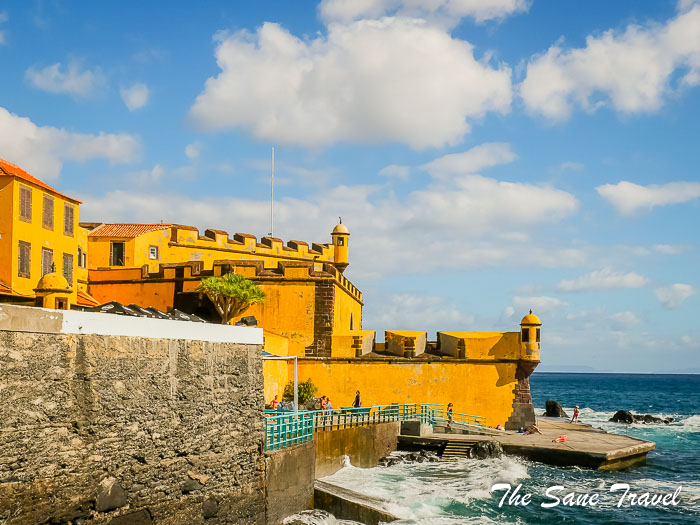
Funchal’s City Hall square
Defined by its striking black-and-white tiling, Funchal’s City Hall square is surrounded by some of the city’s most interesting historic attractions, including the Sacred Art Museum, City Hall and the former Jesuit College. Admire the prominent fountain that dominates the square’s centre. The former Jesuit College and church, Igreja do Colégio, is on the west side of the square. The Jesuits, a wealthy brotherhood of missionary priests, owned several wine estates in Madeira and managed the institution in the 17th century.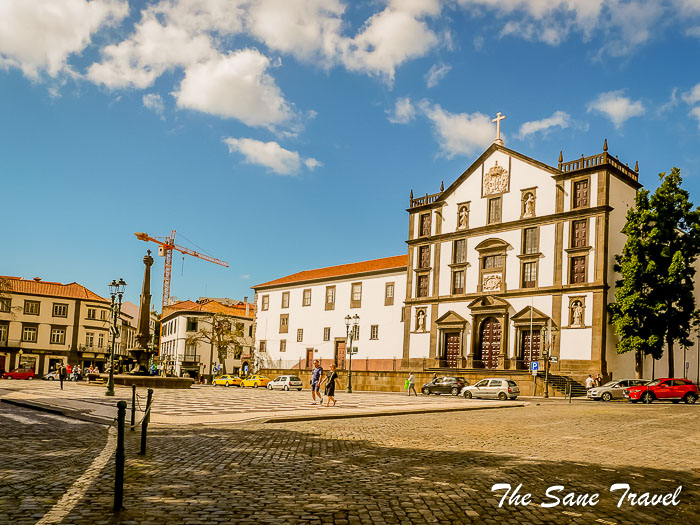
Funchal City Hall
Walk to the opposite side of the square to see the city’s stately town hall, Câmara Municipal. Built in the mid-18th century, this building originally served as the Count of Carvalhal’s residence. The walls are lined with azulejos, traditional Portuguese tiles.
Sé Cathedral
Sé Cathedral was consecrated in 1517 by Bishop Duarte. Contrary to the simple exterior of this gothic style building, the interior is quite impressive, a true architectural marvel.
Contrary to the simple exterior of this gothic style building, the interior is quite impressive, a true architectural marvel. 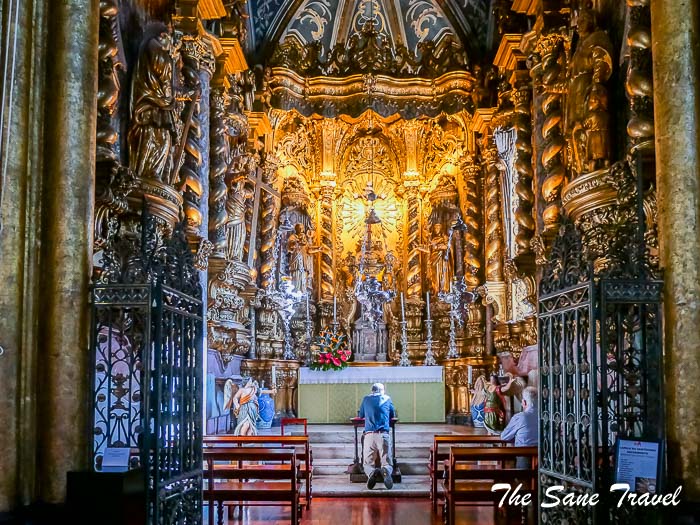 The ceiling of the chancel is lined in wood and ivory inlays and decorated in Mudejar style—oriental ornaments and motifs used by the Christianised Moors on the Iberian Peninsula. The opening to the chancel is defined by a triumphal arch. Here you will find many works of art made by hand, including tables and chairs divided into two rows.
The ceiling of the chancel is lined in wood and ivory inlays and decorated in Mudejar style—oriental ornaments and motifs used by the Christianised Moors on the Iberian Peninsula. The opening to the chancel is defined by a triumphal arch. Here you will find many works of art made by hand, including tables and chairs divided into two rows.
Statue of a football player
When you walk near the ocean, keep an eye out for a bronze statue of a running football player. The statue aims to honour all who once played football in what was one of the first football fields of Funchal.
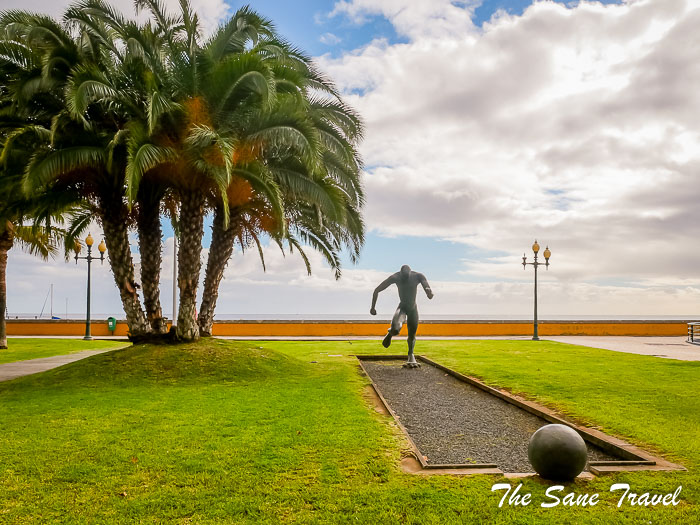 Football is popular in Funchal and Madeira because the world-famous football player Cristiano Ronaldo was born there in 1985. He was named after Ronald Reagan, one of his father's favourite actors. If you are a football fan, visit CR7 Museum devoted to his achievements.
Football is popular in Funchal and Madeira because the world-famous football player Cristiano Ronaldo was born there in 1985. He was named after Ronald Reagan, one of his father's favourite actors. If you are a football fan, visit CR7 Museum devoted to his achievements.
Address: Rua de Dom Carlos I
Saint James Fortress
This fortress was built in the early 17th century to defend the port of Funchal; it is a strong urban military architecture. Today, it is a contemporary art museum and a nice restaurant overlooking the sea. The construction of the São Tiago Fortress began in 1614 and its purpose was to defend the city of Funchal from attacks by pirates and privateers. The first phase of the construction was completed in the mid-17th century and the second phase was finished in the mid-18th century. Over the years, the fortress has been used for various purposes, including serving as a quartering of the British troops, the military police, and the Funchal Lancers Squad.

Rua de Santa Maria street art
Rua de Santa Maria in the old harbour district of Funchal was never anything special with ugly and rundown houses. This changed in 2010 when artist José Maria Montero Zyberchema came up with the idea of transforming the houses’ front doors into works of art. Funchal’s city council supported the artist group by providing paint and materials. Many of the artists involved spent several weeks on their creations, some of them working with very elaborate techniques. More than 200 front doors and facades on the street have already received artistic treatment. A walk along this art mile feels like a visit to an open-air exhibition.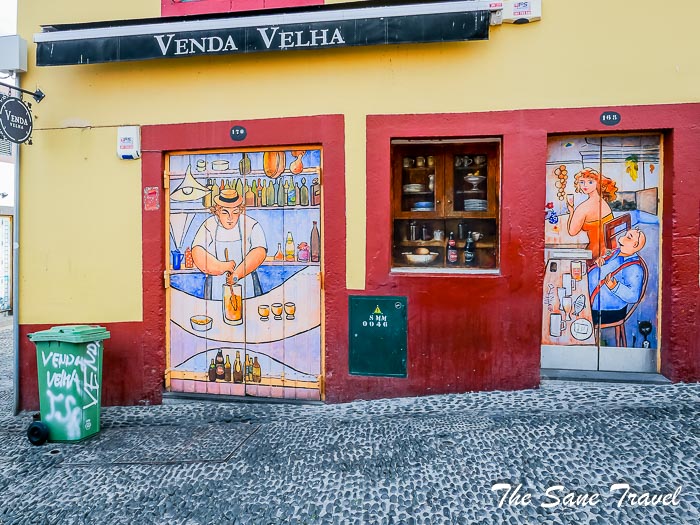
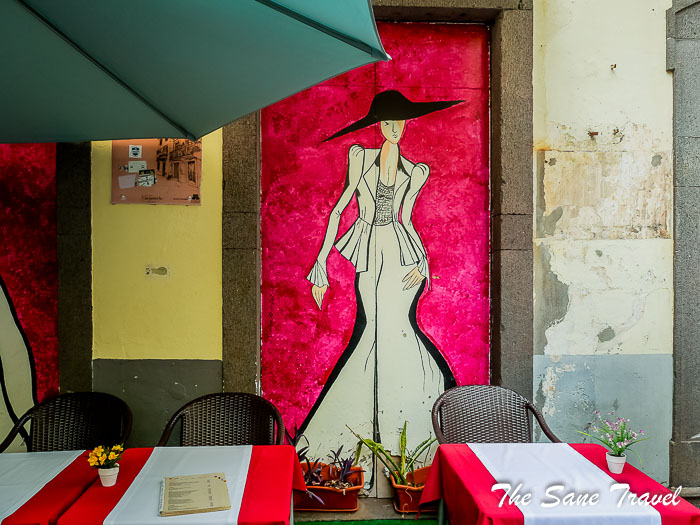
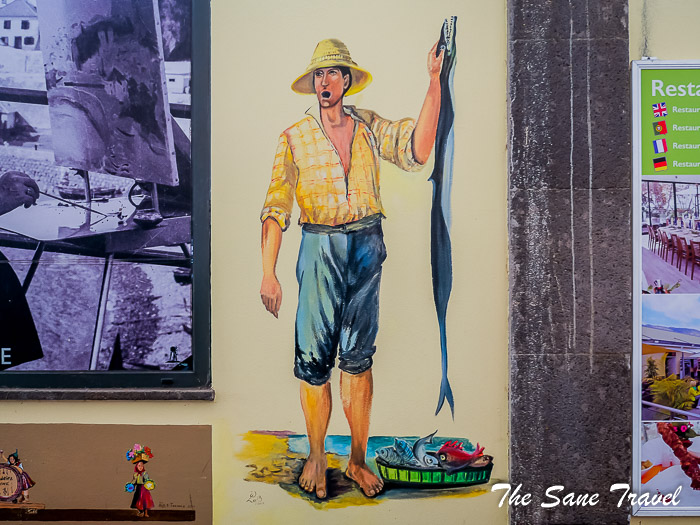 Hence, the walk, of course, has already turned into a popular attraction. Take an opportunity to have a meal in one of the numerous restaurants on Santa Maria Street!
Hence, the walk, of course, has already turned into a popular attraction. Take an opportunity to have a meal in one of the numerous restaurants on Santa Maria Street!
Mercado dos Lavradores
This two-floor farmers market building with an open patio offers a variety of fresh ingredients from all over Madeira. It is the perfect place where to purchase local handicrafts and food delicacies.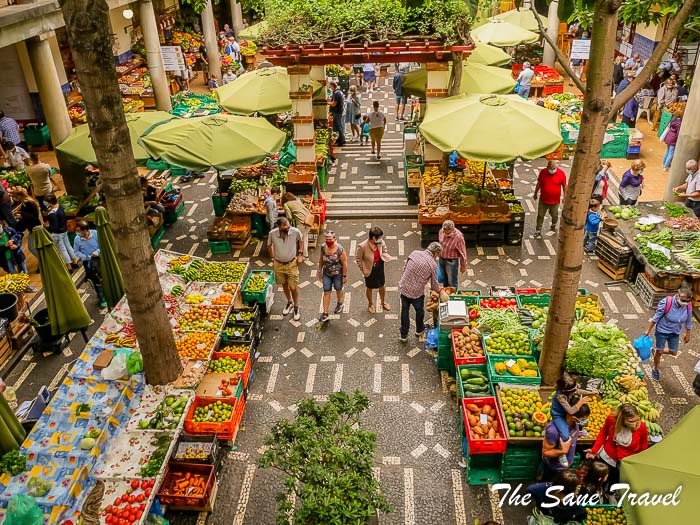 The fish market is located on the lower floor where you can see and buy the most typical fish of Madeira Island, the black scabbard fish “Espada“.
The fish market is located on the lower floor where you can see and buy the most typical fish of Madeira Island, the black scabbard fish “Espada“. 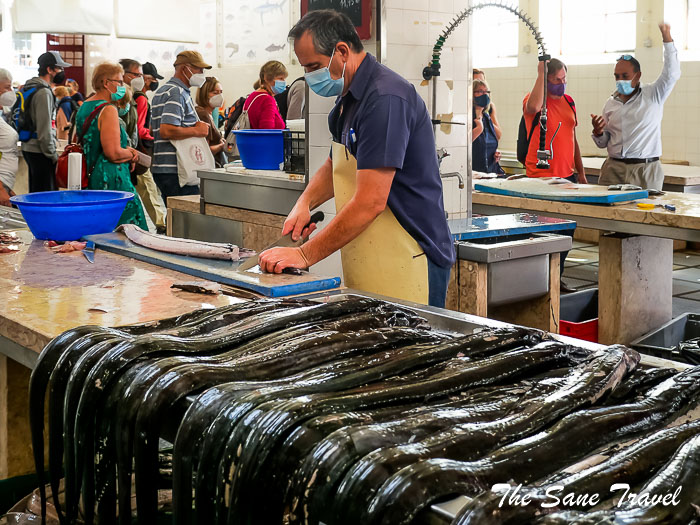
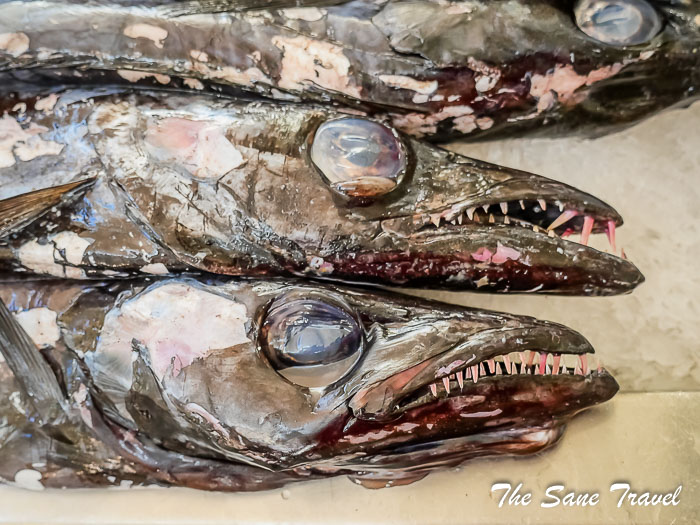 The fish swims in deep waters and has a fearsome appearance, at least when seen in the market. However, it is also very tasty, especially when prepared in the “Madeiran Way”, with passion fruit and banana sauce. The fruit section of the market deserves a special mention as it offers bananas, mangos, maracujas, and much more.
The fish swims in deep waters and has a fearsome appearance, at least when seen in the market. However, it is also very tasty, especially when prepared in the “Madeiran Way”, with passion fruit and banana sauce. The fruit section of the market deserves a special mention as it offers bananas, mangos, maracujas, and much more.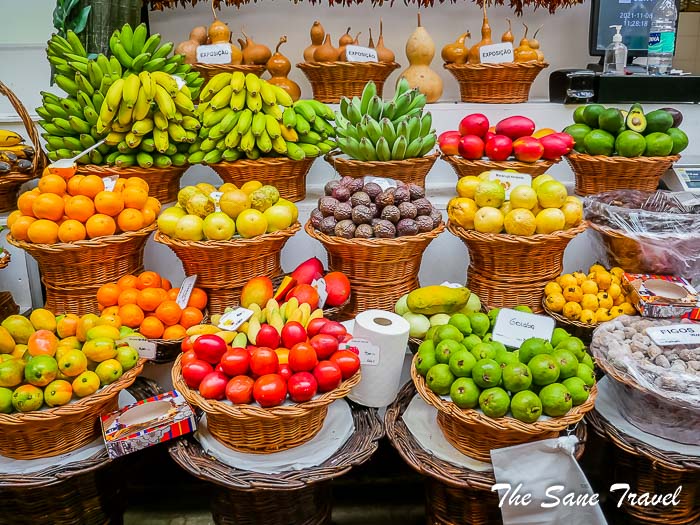
Monte
If you come to Funchal, you must visit Monte. Located 550 meters above sea level, this is probably the most romantic suburb of Madeira's capital. One of the many options for reaching Monte is to go up by cable car.Upon arrival at Monte, next to the cable car station, there is a famous Monte Palace Tropical Garden with beautiful flowers and a touch of oriental culture.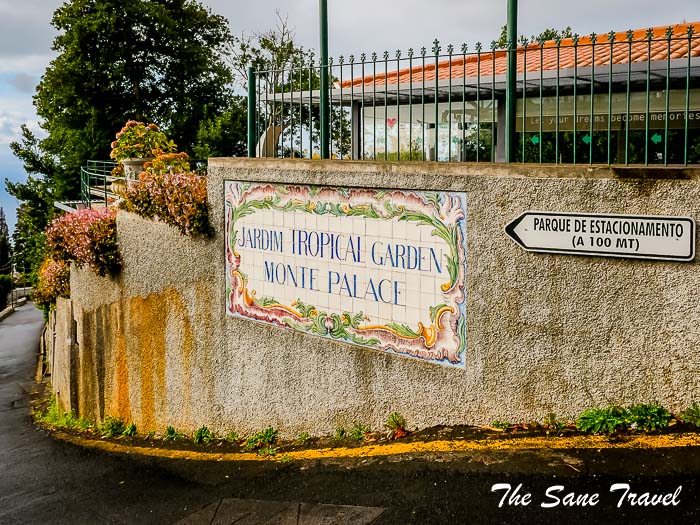
Monte Palace Tropical Garden
In 1987, José Berardo bought an abandoned property in Monte and converted it into a marvellous Monte Palace Tropical Garden. This garden features a collection of 100,000 exotic plants coming from various countries, a collection of tile panels, exhibitions, contemporary African sculpture, a pond with Koi fishes, a beautiful oriental garden and mineral collection from all over the world.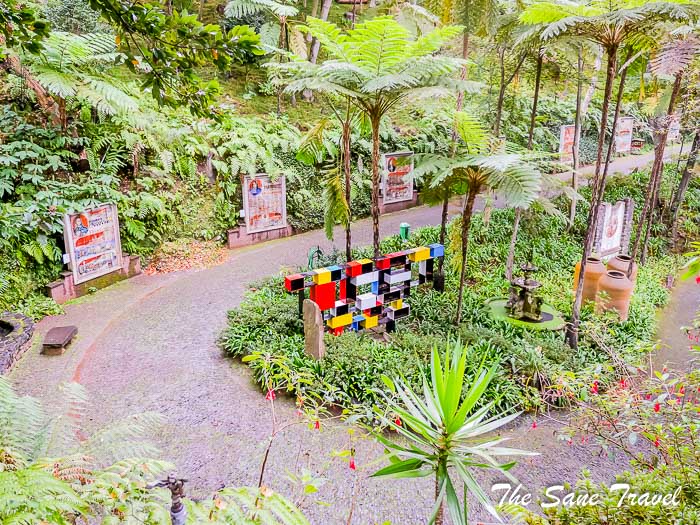
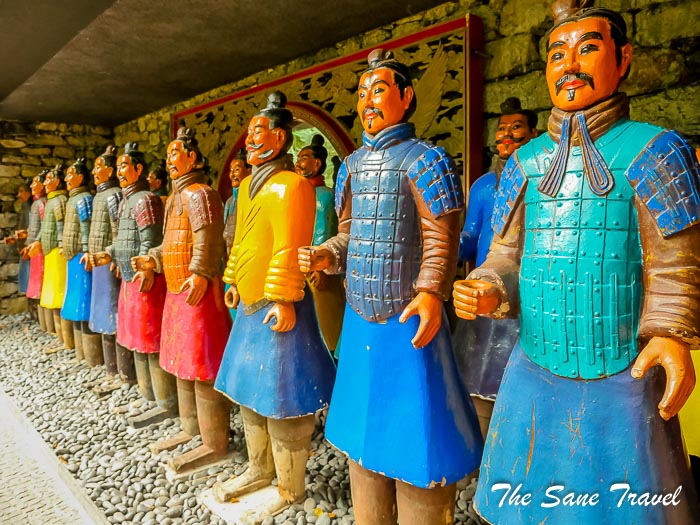
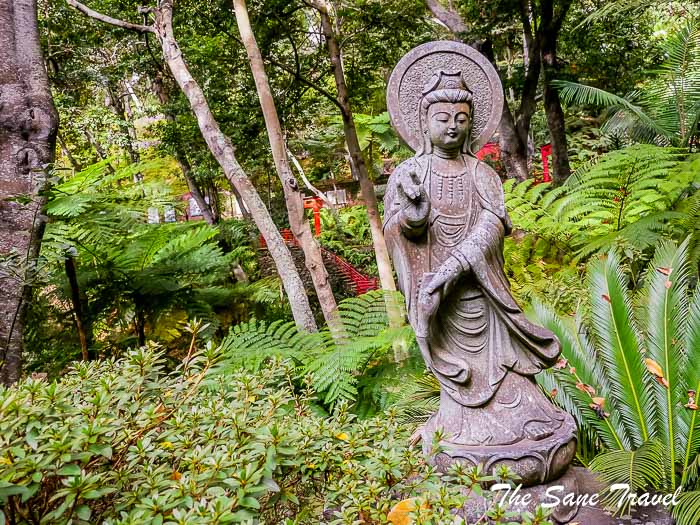
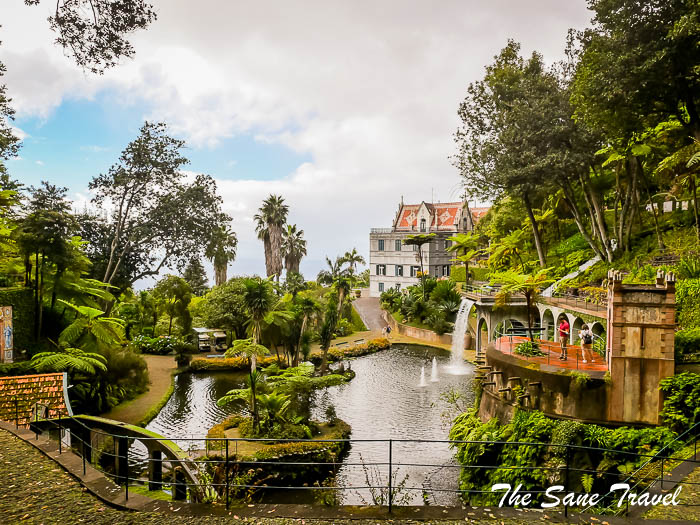
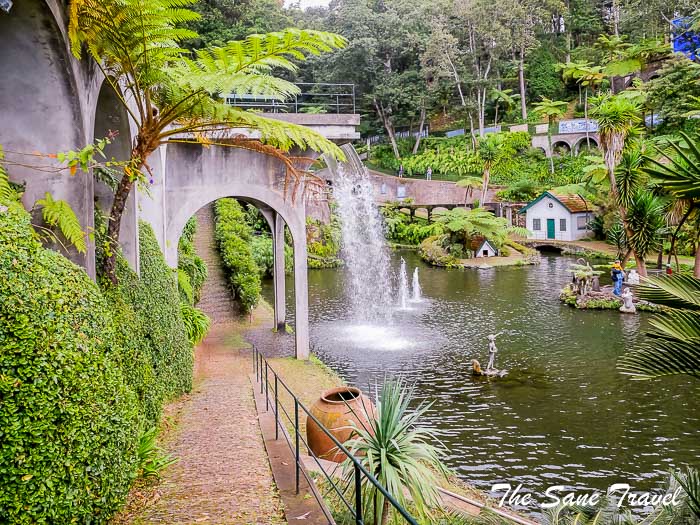
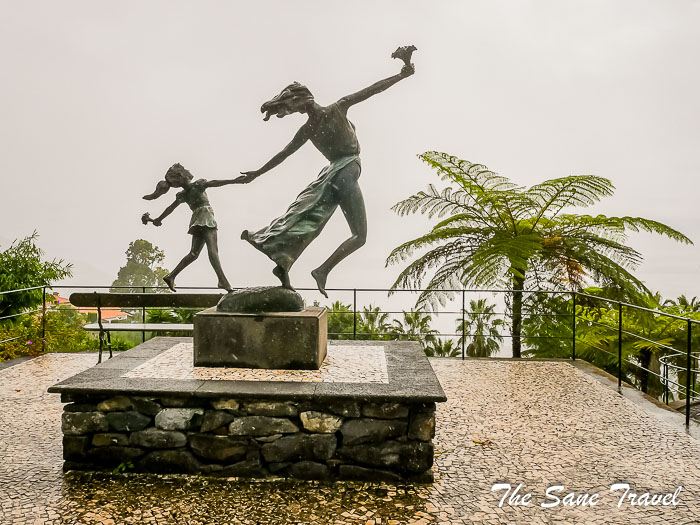 There’s also another garden in Monte—Madeira Botanical Garden.
There’s also another garden in Monte—Madeira Botanical Garden.
The Church of Nossa Senhora do Monte
After visiting Monte Palace Tropical Garden, go to the 18th century Church of Nossa Senhora do Monte, just left of Monte Palace Tropical Garden. The Church of Nossa Senhora do Monte was built in 1741 but soon after was destroyed by a violent earthquake. The fully reconstructed church was inaugurated in 1818. To get to the Church of Nossa Senhora do Monte, you have to climb 68 steps.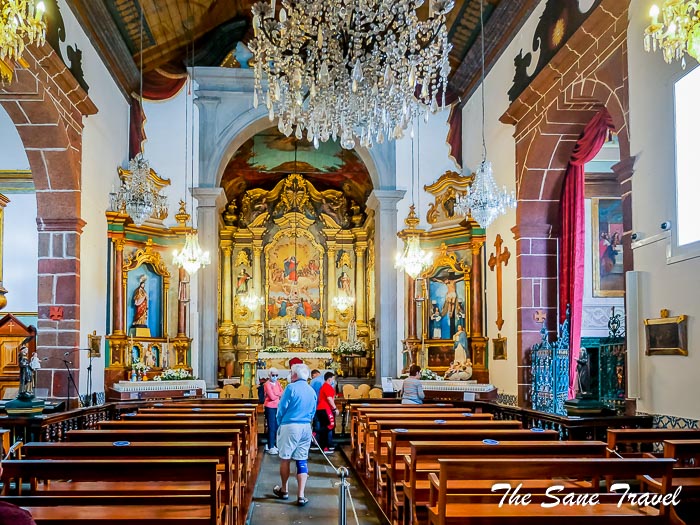 Next to the church, there is a grave containing the remains of Emperor Charles I of Austria, who was a refugee on the island after World War 1. He arrived in Funchal on February 19, 1921, and died a year later due to pneumonia.
Next to the church, there is a grave containing the remains of Emperor Charles I of Austria, who was a refugee on the island after World War 1. He arrived in Funchal on February 19, 1921, and died a year later due to pneumonia.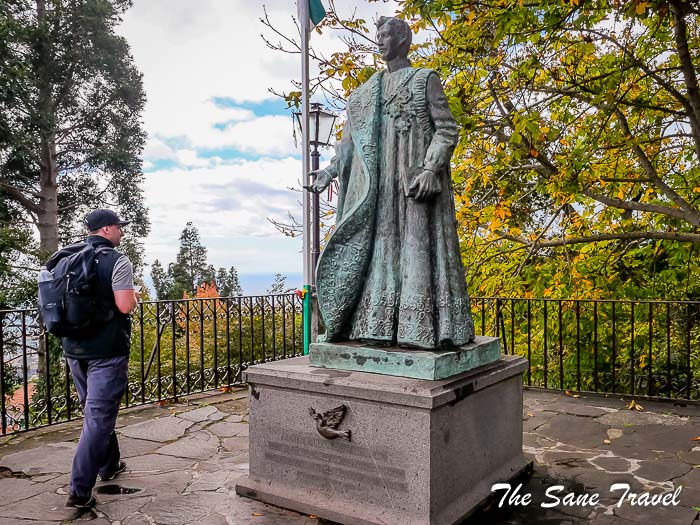
Monte Toboggans
Right beside the Church of Nossa Senhora do Monte, you’ll find Monte Toboggans that were used by the inhabitants many years ago as a means of transportation to the downtown of Funchal. Nowadays, these toboggans are used only for tourism purposes.  If you want to try a different and thrilling means of transportation, then get inside a toboggan and go straight down the streets of Monte at a speed of 40 km/h until you get to the crossroads, the intersection with Livramento road. You can walk down to the city in some 20 minutes or take a taxi to get there.
If you want to try a different and thrilling means of transportation, then get inside a toboggan and go straight down the streets of Monte at a speed of 40 km/h until you get to the crossroads, the intersection with Livramento road. You can walk down to the city in some 20 minutes or take a taxi to get there.
Sao Joao Baptista do Pico Fortress
The exact date when the construction of this fortress was started is not yet known. Although it is believed that the construction had already begun at the very beginning of the 17th century, the fortress was only finished during the second half of the 17th century. In the 20th century, the fortress was ceded to the Navy, which installed their communications centre there. 

Classified monument of public interest, this fortress offers a magnificent view over Funchal to all those who made it up there!
Like it? Pin it!
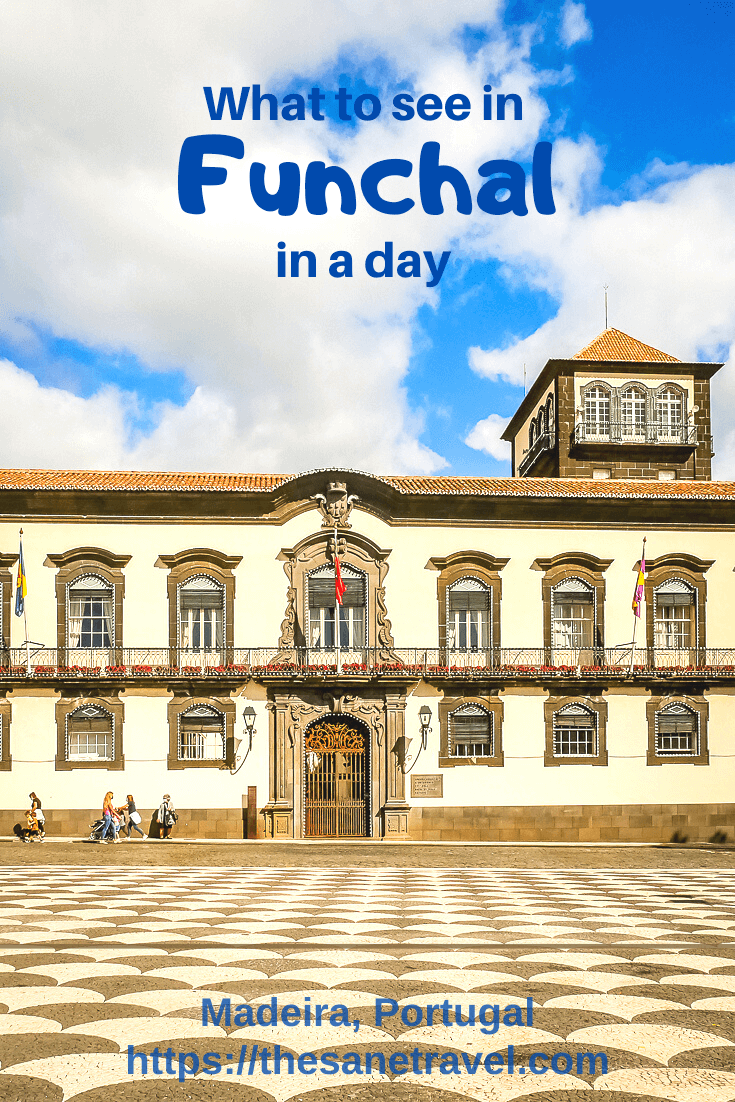
What did you think? Have you visited Funchal and Madeira? I’d love to hear from you so please add your comment below.
Author: Anita Sāne

About the author
Anita is a part-time traveller, passionate photographer and a retired career woman from Latvia, travelling mostly solo for more than 15 years. She is a skilled travel planner who plans and executes her travels by herself. Anita wants to show you how to travel the world and open your mind to new experiences. Follow her on Facebook, Instagram, Pinterest, Twitter and Bloglovin.

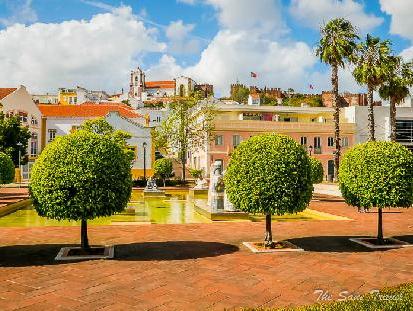





Report
My comments